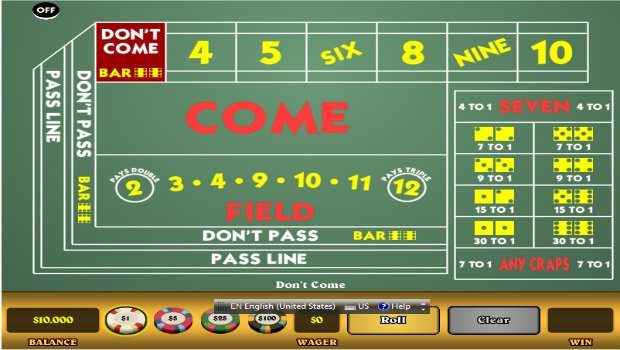Craps odds are a measure of how much of an advantage the casino holds in the game. Comparing the true odds of a craps wager against the payout, a gambler can see how much he or she is likely to pay to play. This article lays out the true odds in craps, discusses how they compare to the payoff, and extracts the house edge.

Blackjack Winning Odds




In a craps game what are the odds against rolling a 9 before a 7? Let p = probability of rolling 9 before 7. From example earlier, p = 2 / 5. Using 1/p = 1 + g → 5 / 2 = 1 + g → g = 3 / 2. Thus, for a pass line bettor whose point is 9, the odds against winning are three to two. ANOTHER LOOK AT INDEPENDENCE. In theory, the house edge should be zero because your odds of winning and the payout are both 2:1. But casinos take a 5% commission out of every bet you make, putting the house edge at 4.76%. Some casinos only take a 5% commission on winning bets, which reduces the house advantage to 1.67%. In crapless craps, 2 and 12 have odds of 11:2 and have a house edge of 7.143% while 3 and 11 have odds of 11:4 with a house edge of 6.25%. 20 New York Craps is one of the variations of craps played mostly in the Eastern coast of the US, true to its name. Craps odds bets yield rewards that are perfectly proportioned to the risk assumed when placing them. If the odds are 2 to 1 against an outcome (such as rolling a 4 before a 7), then the house pays 2 to 1 on a winning wager. Winning craps odds are based on the frequency by which a number can be rolled. The more common the number, the lower the payout since the odds of rolling that number are higher. Rare numbers tend to payout higher.
Craps Betting Odds Horn
Dice shooters need to know the house edge in craps. If you don’t, then you’re likely to lose a lot of money on bad bets. Reading this guide to craps odds will give a gambler a better understanding of the windfalls and pitfalls encountered when betting on the dice.